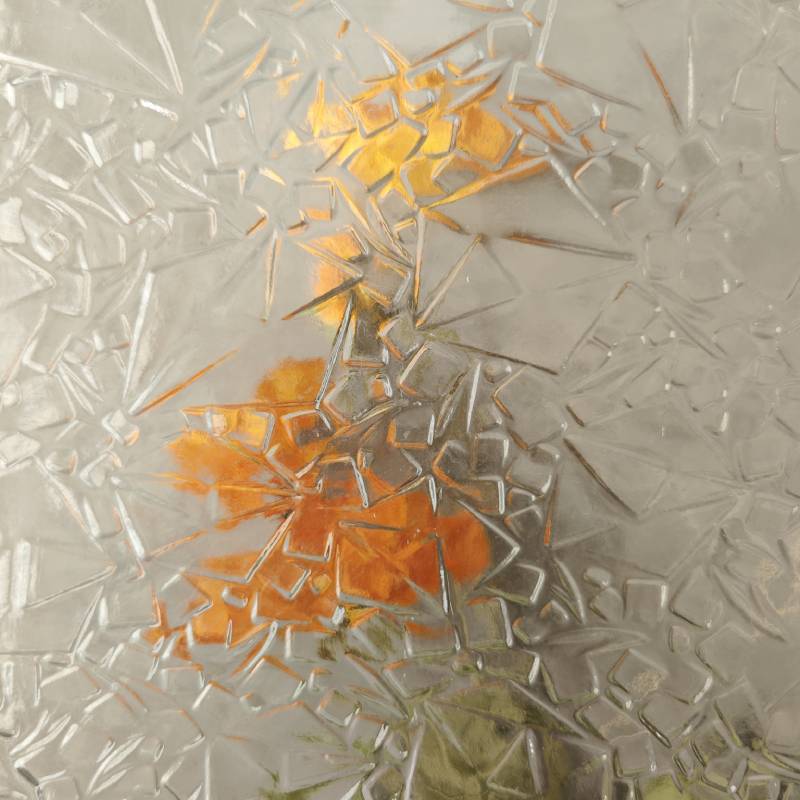

Understanding Low-E Glass Benefits and Applications
Low-emissivity glass, more commonly known as Low-E glass, has emerged as a remarkable innovation in the field of construction and design. This specialized glass plays a crucial role in enhancing energy efficiency in buildings, thereby contributing to sustainability and comfort for occupants. In this article, we will explore what Low-E glass is, its benefits, and its various applications in modern architecture.
What is Low-E Glass?
Low-E glass is coated with a thin, transparent layer that reflects infrared light while allowing visible light to pass through. This coating is designed using metallic oxides that are applied during the manufacturing process. There are two main types of Low-E coatings hard coat and soft coat. Hard coat Low-E glass is produced through a process called pyrolytic coating, where the coating is baked into the glass during production. This makes it durable and suitable for outdoor use. On the other hand, soft coat Low-E glass is applied to finished glass and offers superior performance in terms of thermal insulation but is less durable and typically used in insulated glass units.
Benefits of Low-E Glass
1. Energy Efficiency One of the primary advantages of Low-E glass is its ability to enhance energy efficiency. By reflecting heat back into the building during winter and keeping it out during summer, Low-E glass helps to maintain a consistent indoor temperature. This results in reduced reliance on heating and cooling systems, leading to lower energy bills and a decreased carbon footprint.
2. UV Protection Low-E glass also offers significant protection against harmful ultraviolet (UV) rays. Prolonged exposure to UV rays can cause fading in furniture, carpets, and artwork. By filtering out these rays, Low-E glass helps preserve the quality and longevity of interior furnishings.
3. Increased Comfort With better control over indoor temperatures, Low-E glass contributes to a more comfortable living and working environment. This is particularly beneficial in regions with extreme weather conditions where temperature fluctuations can be challenging to manage.

4. Glare Reduction The coating on Low-E glass helps to reduce glare from sunlight, making it easier to work around windows and enhancing overall visual comfort. This is particularly advantageous in commercial spaces where glare can impede productivity.
5. Environmental Sustainability By improving energy efficiency and reducing the need for artificial heating and cooling, Low-E glass contributes to a more sustainable future. The lower energy consumption leads to fewer greenhouse gas emissions, aligning with global efforts to combat climate change.
Applications of Low-E Glass
Low-E glass is widely used in various applications, including residential, commercial, and industrial buildings.
- Residential Buildings Homeowners increasingly choose Low-E glass for windows and doors due to its energy-saving properties. By opting for Low-E insulated glass units, homeowners can significantly reduce heating and cooling costs while enhancing comfort.
- Commercial Buildings In the commercial sector, Low-E glass is often incorporated into skyscrapers and office buildings. Its ability to reduce energy consumption while providing ample natural light makes it an attractive choice for architects and builders. Many sustainable building certifications, such as LEED, reward the use of energy-efficient materials like Low-E glass.
- Skylights and Curtain Walls Low-E glass is also used in skylights and curtain walls, which are commonly found in modern architectural designs. These installations benefit from the glass’s ability to let in natural light while minimizing heat gain, thereby creating pleasant and energy-efficient environments.
In conclusion, Low-E glass represents a significant advancement in building materials, combining functionality and sustainability. Its numerous benefits, ranging from energy efficiency to UV protection, make it an invaluable asset in modern architecture. As the demand for environmentally friendly building solutions continues to grow, Low-E glass will play a vital role in shaping the future of construction, promoting not only efficiency but also the overall well-being of occupants in various settings. Embracing technologies like Low-E glass can lead us toward a more sustainable and comfortable built environment.